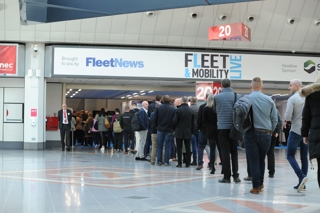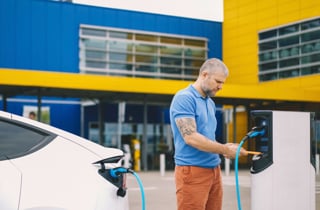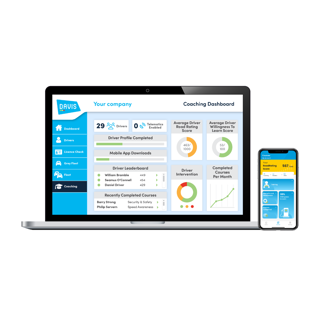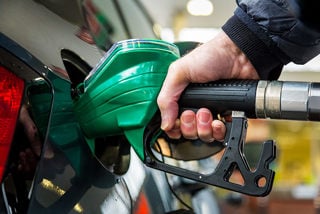The Energy Saving Trust has trained more than 25,000 fleet drivers with its Smarter Driving programme since it began in 2009.
On average, drivers have shown a 15% improvement in fuel consumption on the day of their training.
The one-hour training concentrates on the key areas where the most significant gains can be made, notably greater anticipation and better use of the gears.
These two points apply to most drivers and almost always bring significant savings.
Perhaps most importantly of all, they require little or no sacrifice from the driver in terms of time, comfort or speed which means drivers are more likely to incorporate them in to their day-to-day driving.
Better use of gears
The advice on gears is all about making the most of the impressive low-end torque and efficiency available from modern engines, especially diesels.
When accelerating, change gear early, often below 2,000rpm. Block shift, for example third to fifth, when appropriate and avoid unnecessary gear changes by not changing down through the gears when slowing to a stop.
Slow down
A car will typically use around 10% more fuel at 70mph than at 60mph, and 25% more at 85mph than at 70mph.
The journey may take a little longer but in practice the time penalties from reducing speed are usually pretty small since drivers who try to speed will constantly be slowing down and speeding up again according to traffic.
Keep tyres at right pressure
For a car with all four tyres under-inflated by 25%, fuel consumption will increase by around 2%, according to Dutch research.
That might not seem a lot, but consider the fact that the effects of tyre pressures will apply to all your journeys and, of course, the safety benefits of correctly-inflated tyres are reason enough to ensure you have policies in place to ensure compliance.
What else will help?
Air conditioning increases fuel use. Data from ADEME shows that a car with air-con will use around 5% more fuel than the same model without air-con. At speeds below around 35-40mph it’s more efficient to open a window.
A large roof rack or roof box can about 30% to fuel use at motorway speeds.
If you’re going to be stationary for more than 20 seconds, research says you’ll see a net fuel saving from turning your engine off since the re-start fuel consumption penalty is small.
But the amount saved will be small – around 0.5 litres per hour. EST’s advice is to turn off if you’re going to be stationary for more than a minute.
If we were prioritising tips then last would be removing clutter from your boot.
A report from AEA and Ricardo found the difference in fuel use between vans empty or fully loaded was only 7.8% even though the loaded vans were 50% heavier.
Anticipate road conditions
Through better anticipation you can reduce unnecessary acceleration and braking and make the most of your vehicle’s momentum.
This might mean looking three or four vehicles ahead and picking up subtle clues from drivers as to what manoeuvres they will carry out next.
But what about the long-term savings?
Smarter Driving training shows drivers what can be achieved and how to achieve it, but maintaining the savings in the months and years post-training will depend on good fleet management.
EST encourages fleets to monitor individual drivers’ fuel consumption and to relate this to their vehicle’s official fuel economy.
Consider publishing league tables internally and run exception reports to highlight the worst offenders, who you might then want to offer additional information or training.
Incentives can also work well. EST has seen some great examples, including the public transport operator that ran a baselining exercise to work out the fuel consumption of each of its bus routes and now runs a monthly competition in which it funds a social event for the drivers from the route that shows the greatest improvement.
If you’d like to find out more about the EST Smarter Driving programme, visit our website www.energysavingtrust.org.uk/smarterdriving, call 0845 602 1425 or email smarterdriving@est.org.uk


















Login to comment
Comments
No comments have been made yet.